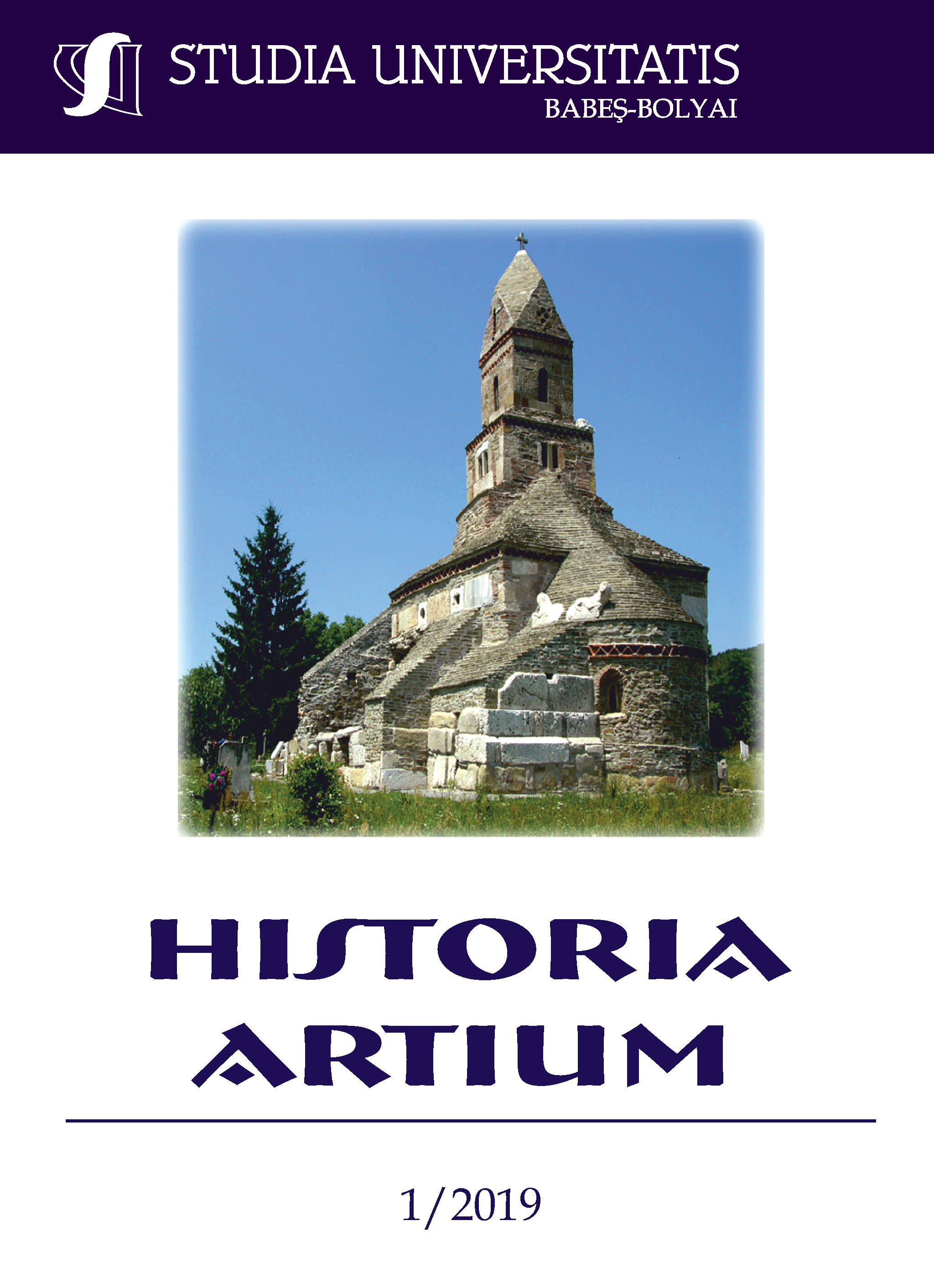METODOLOGIA ȘI ISTORIOGRAFIA ORNAMENTULUI ARHITECTURAL DIN CLUJ-NAPOCA
DOI:
https://doi.org/10.24193/subbhistart.2019.06Keywords:
architectural ornament, Cluj-Napoca, symbolic form, historical local context.Abstract
Methodology and Historiography of Architectural Ornaments from Cluj-Napoca. In the article I intend to argue for the symbolic understanding of the architectural ornament. I trace the historical evolution of the ornament in relation with the most relevant artistic styles of the 19th century: Neoclassicism, Historism, Eclecticism, Art Nouveau. I also map the different theoretical conceptualizations of the ornament, ranging from considering it an auxiliary element of the architectural edifice to its analysis as a self-contained object, bearing an illustrative dimension. It is this latter approach that I am envisaging relevant and appropriate for the investigation of the architectural ornament in Cluj-Napoca during the period spanning from the 19th century till the beginning of the 20th century. The symbolic framing of the ornament places the architectural accessories from that time within a web of meanings specific for the transnational communication of forms and artists/ architects in East Central Europe. I make a case for the argument as a cultural artifact bearing testimony about a certain historical context, about the personal choices of the architect and the views of the commissioner and, last but not least, about the morphological traces having a life of their own. The architectural ornaments from Cluj-Napoca can thus be seen in their stylistic complexity, but also as artifacts having a local imprint, dependent or independent on individual artistic choices.
Downloads
Published
How to Cite
Issue
Section
License
Copyright (c) 2019 Studia Universitatis Babeș-Bolyai Historia Artium

This work is licensed under a Creative Commons Attribution-NonCommercial-NoDerivatives 4.0 International License.






